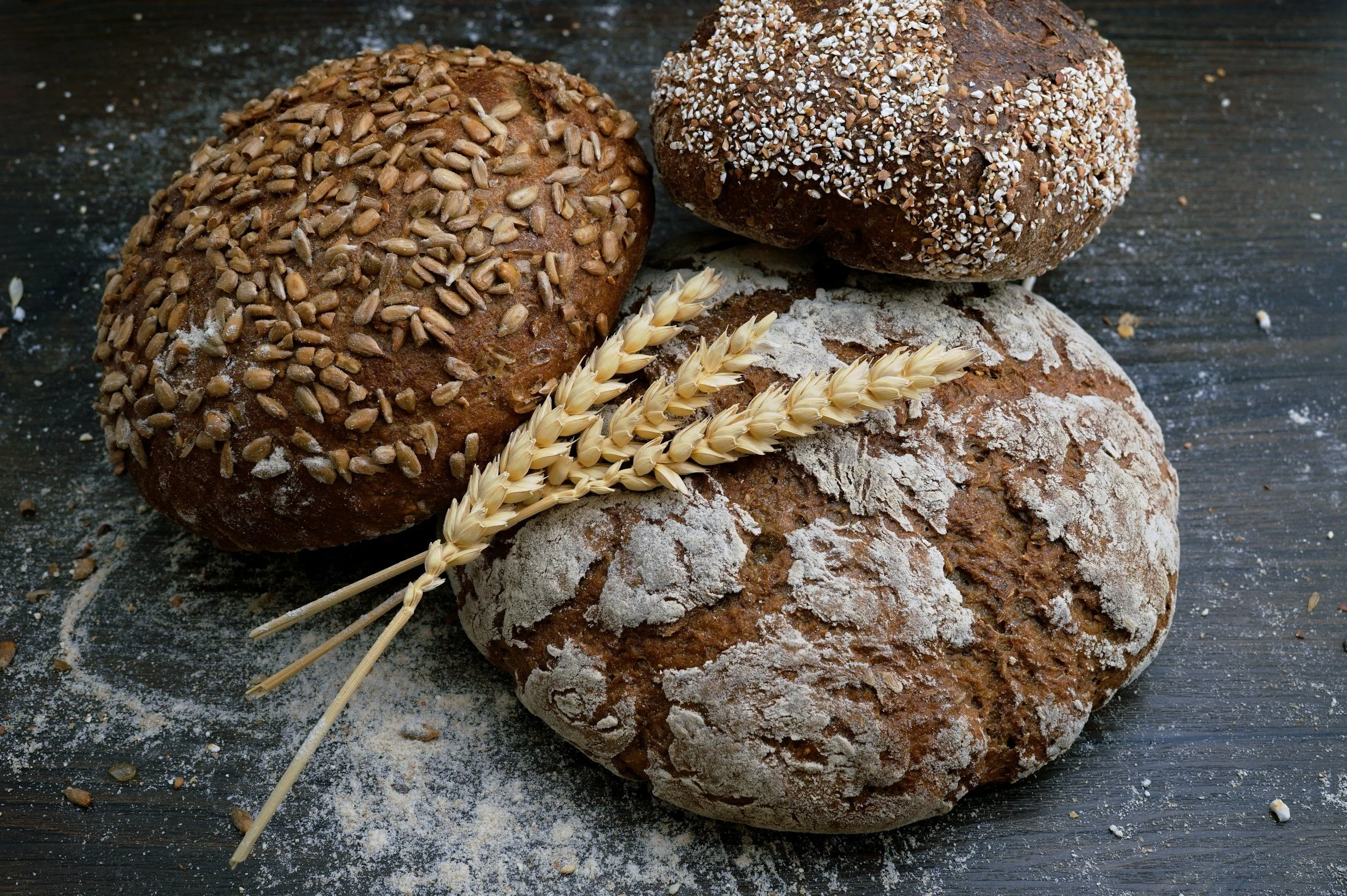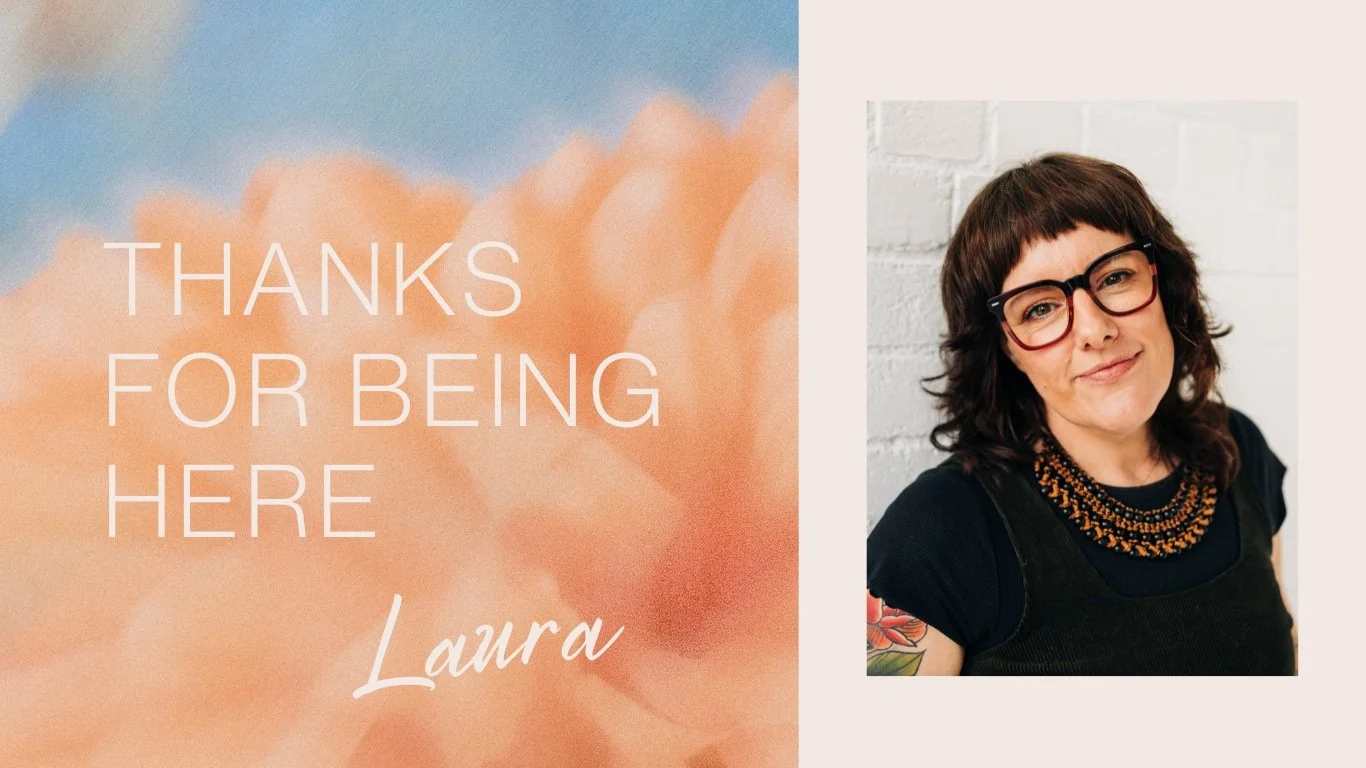Lughnasadh & Lammas reflections and journal prompts
Celebrating Lammas or Lughnasadh: abundance, gratitude and the first harvest. Reflections, and a playlist with journal prompts.
When? 01st August
Direction/Element: South and the element of Fire: energy, inspiration and imagination
Themes: gratitude, craftsmanship, sustenance and community
The arrival of Lughnasadh always feels like a sacred pause between fullness and decline, a moment to honour both effort and reward. This season carries the bittersweet knowing that all abundance is fleeting. At this time we can offer gratitude for what has been sown and grown, and humility in offering back to the land (literally or metaphorically) a portion of our harvest as an act of trust that the cycle will continue.
If you’re new here, I’m Laura, a counsellor, nature therapist, somatic therapist, meditation teacher and space holder. My work centres on gently guiding people back into relationship with themselves, with their bodies and with the wider natural world. My offerings weave together counselling psychology, embodiment, nature connection and ritual to support deeper alignment with our inner and outer cycles. One way I do this is through music and reflection, including curating playlists around the Celtic Pagan Wheel of the Year. Each season I return to my earlier playlists, refresh them and notice how my own patterns and cycles are mirrored in the turning of the year. You can find an overview of the Wheel of the Year in this post if you’d like and overview of how the festivals connect and flow.
Every season is ephemeral; no matter how abundant things feel in the moment, the Wheel always turns.
Lughnasadh (or Lughnasad, Lughnasa, Lugnasad, Lúnasa - pronounced Loo-nah-sah), also known as Lammas to some pagans, marks the turning of the Wheel into the first harvest. It usually falls around the 1st of August, sitting midway between the Summer Solstice and the Autumn Equinox. This is the time when the fruits and grains we have been tending since spring are finally ripening, ready to be gathered, baked, shared and celebrated.
As I mentioned above, this time of year has always felt bittersweet. Just like the Solstice, it reminds us of the fleeting nature of light and growth. Every season is ephemeral; no matter how abundant things feel in the moment, the Wheel always turns. The lushness of summer begins to wane and the first whispers of autumn can be felt in the coolness of evening air.
What does Lammas mean? It comes from the Old English hlāfmæsse, meaning “loaf mass.” It’s thought that our ancestors celebrated this festival by baking bread from the first grain harvested and breaking it together in gratitude, a ritual of nourishment and thanksgiving. In a modern context, it’s a time to honour both physical and spiritual sustenance, to recognise the fruits of our labour and to give thanks for what we’ve created and received.
And Lughnasadh? This comes from Lugh, the Celtic god of skill, craftsmanship, and light. According to Irish myth, Lugh established this festival in honour of his foster-mother Tailtiu, who died clearing the land for cultivation. In this context, this festival is a celebration of sacrifice and gratitude; a reminder that every harvest is born of effort, care and the willingness to let go.
The foundations of this season
The Wheel of the Year not only honours the shifting seasons but also the four sacred directions and their elements. This time of year sits in the South and connects to the element of fire, the force of vitality, transformation and illumination. Fire represents both the radiance of the sun and the inner spark of will that drives creation forward.
At the point of this festival, Fire reaches one of its most potent expressions. The energy of the sun burns high and strong, filling the landscape with warmth and abundance. It’s a time to celebrate the power of transformation and to honour how the seeds we planted earlier in the year have grown through dedication, effort and care. Just as Fire consumes and renews, this season invites us to recognise what has come fully to life and what must be released to make space for what’s next.
Archetypaly, this is the season of the Mother, or as a non-gendered alternative, the Provider. We can also connect with the energy of the Craftsman or, for a non-gendered alternative, the Artisan. The Mother or Provider offer nourishment and support, ensuring that what has been cultivated can now sustain others. These archetypes represents fertility and gratitude, a reminder of the cyclical nature of giving and receiving. The Craftsman or Artisan mirrors the energy of Lugh himself, celebrating mastery, creativity, and the beauty of work done with devotion.
Together, these archetypes invite us to honour the fruits of our labour, to recognise the value of our contribution and to share what we have cultivated. This point on the Wheel of The Year teaches us that abundance is most powerful when it is shared, that gratitude deepens when it is embodied, and that completion always prepares the ground for renewal.
Reflections on the first harvest
This year, the energy of this time feels different. We’ve had a long, hot summer, and amidst personal challenges, I find myself looking forward to the quiet energy of winter. I usually love long, golden evenings, but this year I’ve been missing the dark, star-filled skies and the stillness they bring.
Last year, as I reflected on Lammas, I asked: How can we sit with our own light and darkness, accepting that both are equally part of us? That question feels even more important now. The harvest season is not just about abundance, it’s also about honesty. What within us is ready to be gathered and celebrated, and what must be allowed to fall away?
On a collective level, many are describing this time as a “polycrisis”, a web of overlapping global challenges that reveal both the shadows of humanity and our incredible capacity for resilience, creativity, and care. Within this, this season becomes an invitation to reflect deeply: What are we reaping as a society? How can we sow seeds for the future with greater consciousness and care?
As you explore the prompts below, consider both the personal and the collective dimensions of your reflections. What do these questions mean for you, and what do they mean for the wider world you’re part of? And how can you translate your insights into small, aligned actions that nurture balance, sustainability, and compassion?
Seasonal playlist
You can use this playlist below to support your reflections and it can also be used for movement-based practice or as a tool to accompany breathwork. You can find some guidance about how to practice breathwork here.
Seasonal journal prompts
What are the qualities you see or experience as “light”?
What are the qualities you see or experience as “darkness”?
What does abundance mean to you in this moment?
What are you harvesting right now—tangibly or metaphorically?
What are you most grateful for?
How do you express your gratitude, in both small and larger ways?
Where in your life might you need to let go, in order to create space for what’s next?
How can you share the fruits of your own “harvest” with others?


